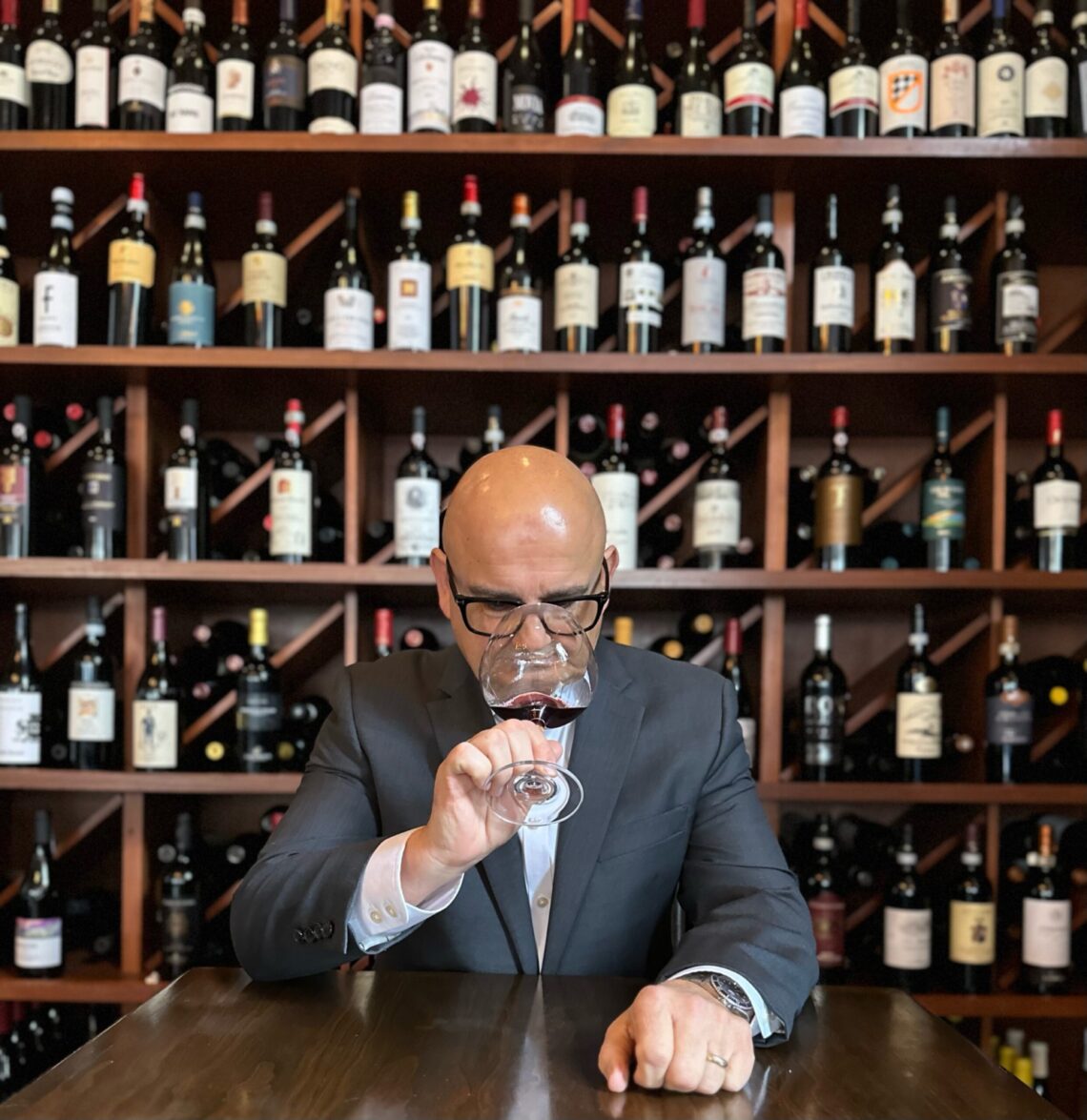In this interview with Nicola Angiuli, a long-experienced US wine importer, founder, in 1999, with Alessandro Francoli, of Francoli USA, let’s discover other pieces of the work of an importer, choices and reflections on a key figure in the wine sector.
For the full interview click here.








